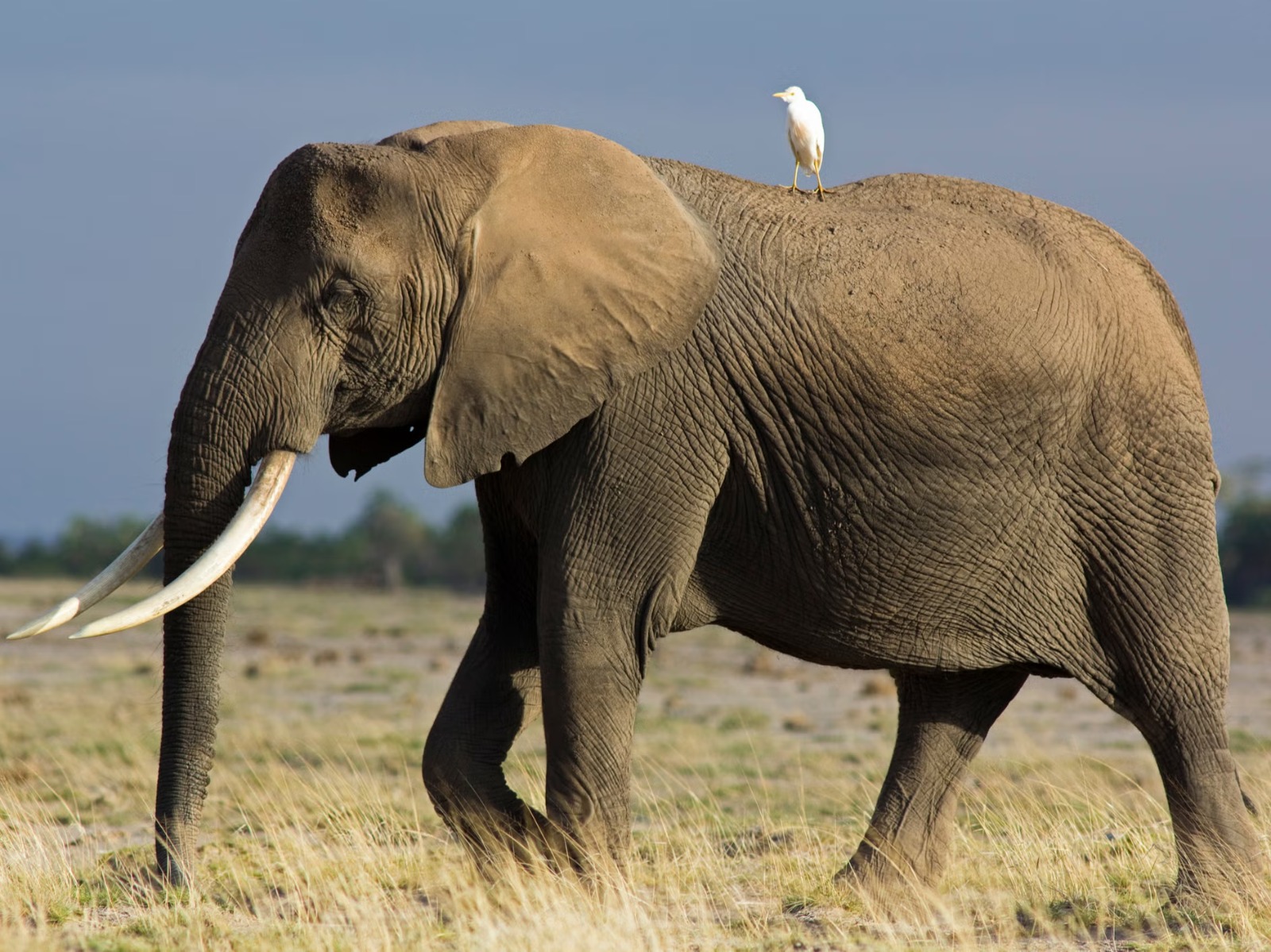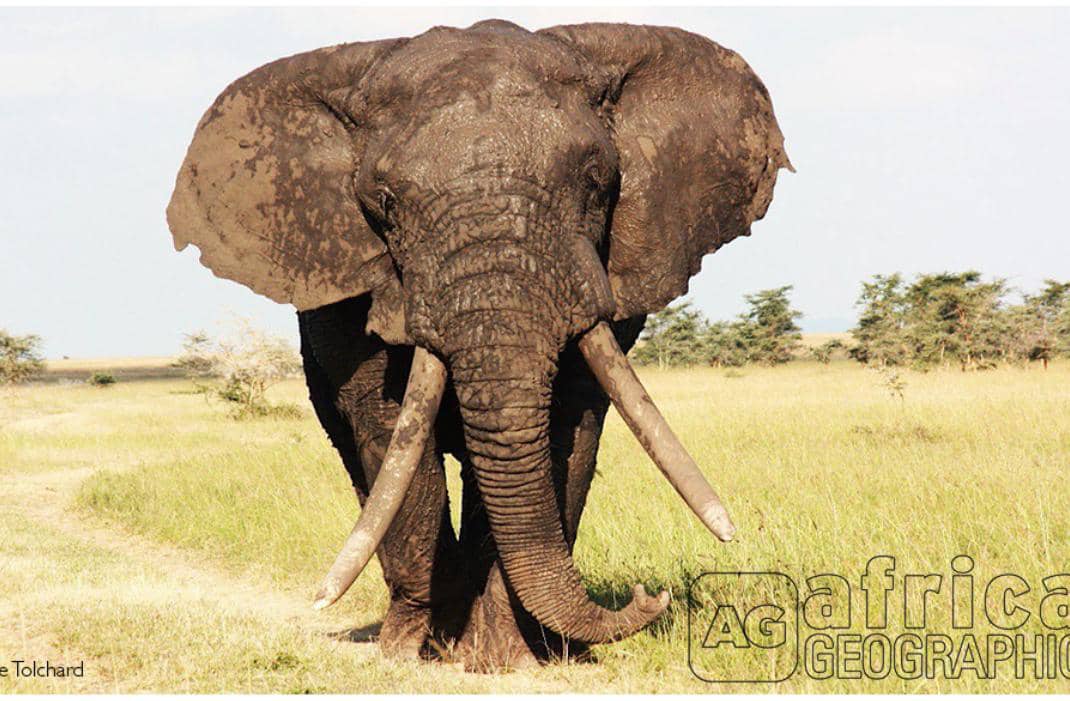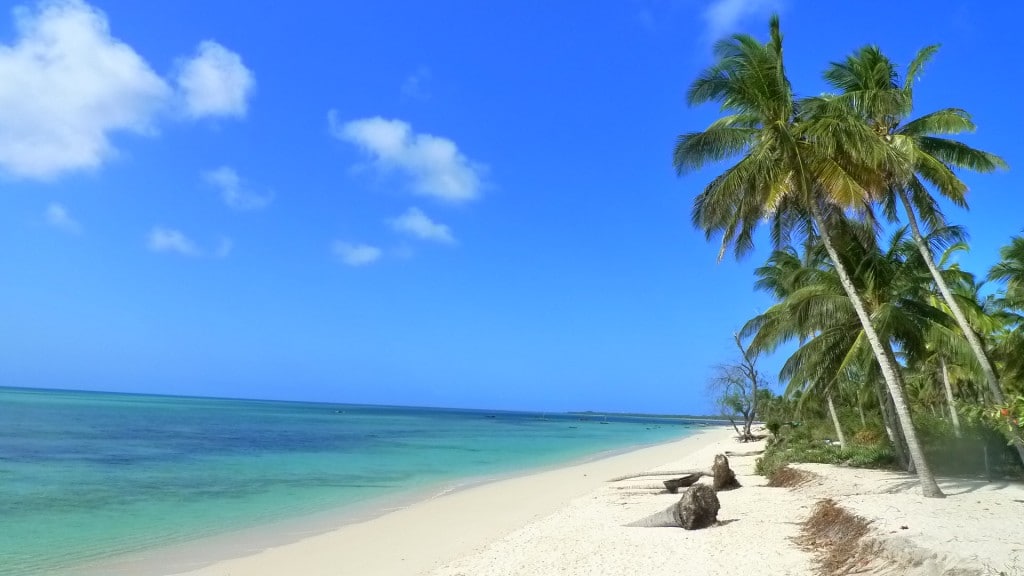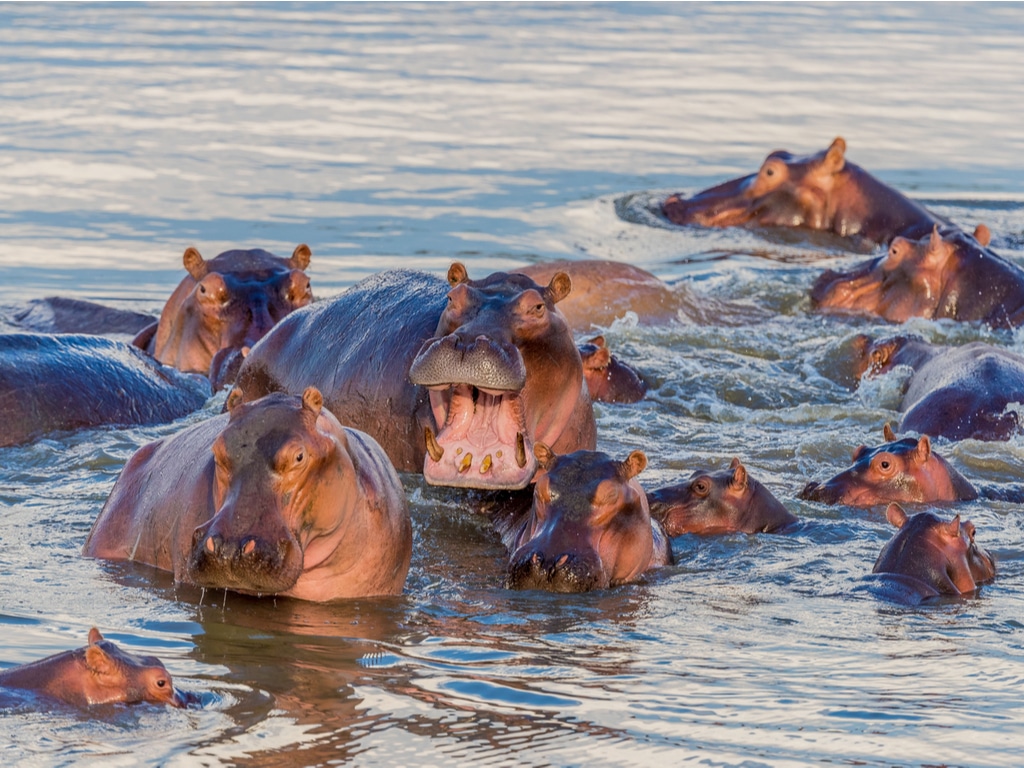How villages in Tanzania can reap big from wildlife

By Peter Elias
Dar es Salaam. Elephants have been identified as an opportunity rather than a liability for the people living in the villages close to the national parks and game reserves.
The revelation was made during a breakfast debate organized by the Journalists Environment Association of Tanzania (JET) on May 14, which is among the outstanding natural resources preservation stakeholders in the country.
Elephants are among wild animals that live closer to human settlements in many rural areas in Tanzania.
The Natural Resources, Environment, and Climate Change Coordinator from the President’s Office Regional Administration and Local Government (PO-RALG), Ms Hawa Mwechaga, said villagers living close to elephant habitats can generate significant income.
Since elephants are tourist attractions, formulating strategies would enable villagers to benefit.
“We are going to educate the people that elephants are an opportunity for them. They need to co-exist,” she said.
It’s important for farmers in the wildlife corridors to know where to farm and what to cultivate to prevent damage that may be caused by elephants, Ms Mwechaga noted.
The acting director of wildlife in the Ministry of Natural Resources and Tourism, Ms Fortunata Msofe, said that USAID, through the Tuhifadhi Maliasili project, has been able to identify 61 wildlife corridors and prioritise those that are at risk of disappearing.
Ms Mwechaga cited an example of 36 villages in Liwale District, Lindi Region, that are highly prone to elephant invasions, saying villagers were now learning how to mitigate the challenges and reap big from them, just like how other Wildlife Management Areas (WMAs) reap millions of dollars.
“It’s easy to turn a challenge into an opportunity. We establish WMAs in rural areas that have high elephant populations to enable villagers to reap the benefits of living close to wildlife,” she said.
She insisted on the significance of land use planning in resolving challenges caused by human-wildlife interactions in order to coexist.
According to her, 55 percent of forests are found in the Local Government Authorities (LGAs), where farmers and herders are permanent settlers.
Furthermore, she said human-being-wildlife coexistence was possible whenever there was better land use planning jointly coordinated by the PO-RALG, the Ministry of Natural Resources and Tourism, as well as the Ministry of Lands, Housing, and Human Settlements Development.
“It’s good that we see the importance of categorising the special wildlife passage areas. PO-RALG is cooperating with different stakeholders for the realisation of this endeavour,” she said.
She said 21 million hectares of forests are located on village lands, according to a study conducted in 2015, of which 3.5 million hectares are owned by councils, communities, or individuals.
A journalist who attended the event, Mr Faraja Masinde, said the event had increased the journalist’s understanding of how conservation can benefit people, especially in rural areas.
“I have learned that villagers can benefit from carbon trading, where they can get enough money to improve the provision of social services such as health facilities, schools, and access to clean and safe water,” he said.





